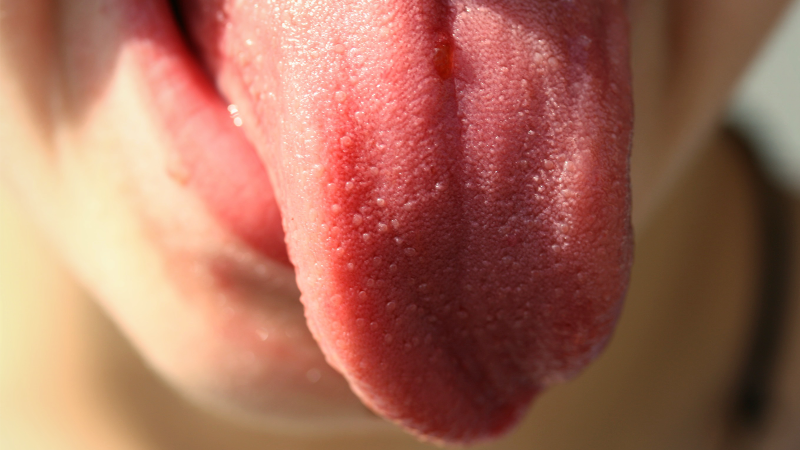
It turns out the well-imprinted taste map — of the tongue divided into four specific zones for sweet, salt, sour, and bitter tastes — is all wrong. In the past few decades, scientists refuted the theory. They revealed that the concept of designated taste zones on the tongue is the outcome of misinterpretation of data leading to misrepresentation.
In the early 1900s, German scientist David Hanig, while experimenting with taste sensitivity, observed that some areas on the tongue were more sensitive than the others to taste. However, the entire tongue could perceive taste. A few decades later, another scientist, Edwin Boring, revisiting Hanig’s readings, chose to plot a data graph to understand it better. The graphical translation of the data showed a dip in some areas compared to others. Unfortunately, the interpretation of the dips led to a gross error: ‘less sensitivity’ was perceived as ‘no sensitivity’, leading to representing the taste buds concentrated in cordoned-off zones on the tongue. The misconception stayed for many decades, even making its way into our textbooks.
In the last couple of decades, molecular biologists cracked the code of different tastes, defining five taste perceptions — sweet, salt, sour, bitter, and umami (the savoury um-ness of some amino acids). They tell us that there are about 8000 taste buds spread across our mouth, not just at the tip, sides or back but also in the throat, upper palate, and the centre of the tongue. They all react to taste almost equally; however, their sensitivity varies.
Each taste bud has 50 to 100 receptor cells for each food taste, and the taste buds have a mix of receptor cells. The receptors cells have particular receptor proteins. Different food types trigger different receptor molecules and at degrees. All the receptor cells then work in unison to relay the information to the brain via two cranial nerves called chorda tympani and glossopharyngeal nerve. The brain then decodes these messages and helps us perceive the type of taste. Hence taste perception is not on the tongue but the sum total of neuronal activity.
NOTE: A version of this story was published in Deccan Herald.





